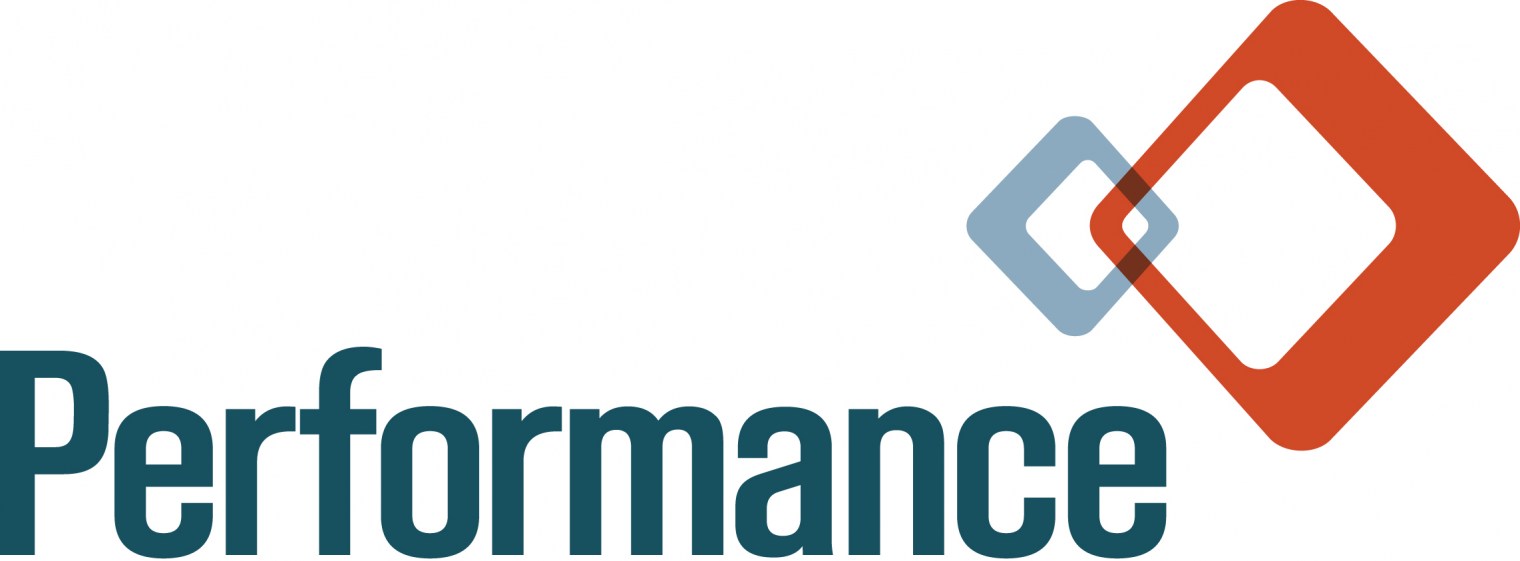What are the possibilities and practical applications of autonomous systems in aviation?
Two recent crashes of self-driving automobiles, one in Tempe, Arizona and another in Mountain View, California, have brought increased attention to the rapid adoption of new, sophisticated autonomous technologies in the transportation industry. Driverless transport, long the dream of science fiction writers and futurists, is becoming a reality thanks to new advances in sensing, artificial intelligence and mechanical controls and a public that now views their travel experience as an extension of their digital lifestyle. The Uber and Tesla accidents are unlikely to slow the pace of innovation, given the momentum and capital behind this industry megatrend. In the aviation sector, both Boeing and Airbus have begun serious engineering efforts aimed at producing fully autonomous commercial aircraft, potentially as early as 2025.
While the exact details of autonomous systems vary from application to application, they are almost always a combination of three basic approaches. A network of sensors measures both the vehicle itself and the outside environment: these can range from simple indications of velocity or temperature to sophisticated computer vision systems capable of automatically detecting people and objects. These inputs are fed to a collection of artificial intelligence (AI) algorithms, often a combination of heuristics and machine learning, which determine the appropriate course of action. Finally, the system automatically actuates the vehicle’s controls. The process is potentially repeated hundreds or thousands of times a second. Because the sensors receive so many inputs, and the vehicle’s reaction can be measured by further sensing, the system can use statistical processes to “learn” correct behaviors, improving performance over time.
While both regulatory and public trust issues make pilotless flight less certain than driverless cars, there are already a number of potential applications of autonomous systems in aviation. Fully AI-enabled collision avoidance systems have the potential to dramatically reduce mid-air collisions, runway incursions and controlled flight into terrain, especially if they are able to automatically actuate controls to achieve an evasive or halting maneuver. More sophisticated systems may be able to detect evidence of pilot error, fatigue, risk-taking behaviors and degrading system performance, all leading causes of accidents in both commercial and general aviation. Back on land, air traffic control autonomous agents have the potential to improve the airspace system’s response to common disruptions like seasonal congestion and weather, freeing individual controllers to focus more on the safety of individual flights.
All of this automation is not without its risks, however. Most autonomous systems rely on statistical processes to make decisions, and no system can be expected to get it right 100% of the time. Systems are especially prone to both sensor blindness, in which a critical measurement is not captured for some reason, and to component failures. This is especially true because, unlike aircraft engines or flight controls, many of these systems have not been around long enough to measure their historic reliability. Finally, there is the risk of cyberattacks. These can come in several forms, including attempts to provide false or corrupting signals to the sensing system, to hijack the system’s command-and-control channels or to override automated control inputs. Such attacks are not beyond the realm of possibility, even in legacy aviation platforms such as the 757, as recent government research has shown. In the case of the AI itself, a massive overload of false signals may even cause the system to maladapt, learning bad behaviors instead of good ones.
These vulnerabilities highlight the need for new standards and development practices that address the specific challenges of autonomous aviation systems. One such approach, NASA’s “Assured Autonomy for Aviation Transformation” program, is promising. However, more research and direct involvement from the aviation software community will be needed to ensure that autonomous aviation software maintains the same high standards of safety and reliability that the industry and the public have come to expect.
Are you curious how autonomous systems and applications can support your next aerospace project? Contact Performance Software to begin the discussion.



